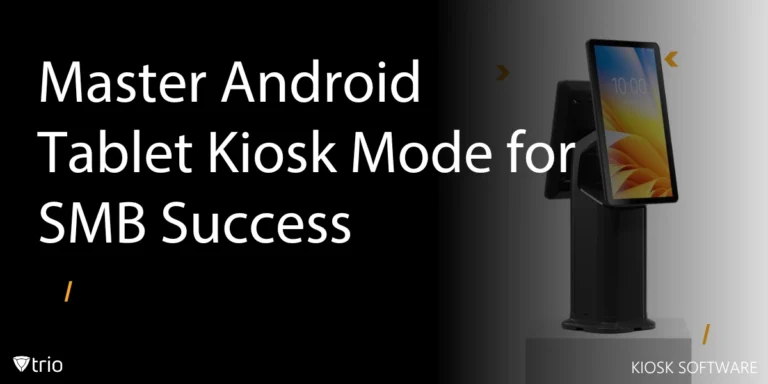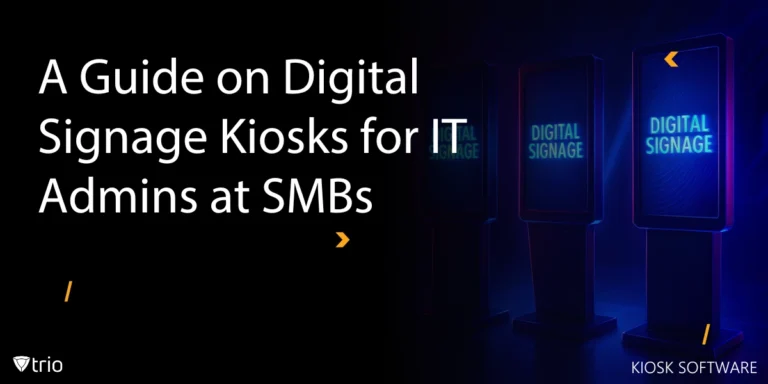-
Acquisition Expenses
Generally, in the Mac vs PC cost debate, Macs tend to have a higher upfront cost. This is because Apple positions itself as a premium brand, and their products often come with higher price tags for comparable specifications. On the other hand, Windows devices are known to be more affordable and cost-effective vs Macs in general since there’s more competition (different manufacturers make Windows computers).
For Windows devices, you’ll have to also consider the cost of purchasing a Windows license for each device. The good news is that you can check out volume licensing if you plan to license Windows for several devices at once. At the time of writing, if you do look into volume licensing for Windows, Windows 10 Enterprise and Windows 11 Enterprise are good options to choose from.

-
Maintenance Expenses
Maintenance costs includes when device software or hardware crashes or breaks down or even the amount of time it takes for a user to get the answer to a problem they’re experiencing with their device, such as not being able to connect to your organization’s Wi-Fi. In other words, this is about Mac vs PC support costs.
The expenses that organizations deal with due to maintenance are incredible when you look at the numbers. For example, according to Forrester Consulting in its 2019 report commissioned by Apple, during a three-year period, the implementation and labor costs to support 33,000 Macs, ranging from professional services for implementation, internal labor for implementation, to internal labor for ongoing platform support, was $904,000. According to the same report, using the M1 Mac and M1 Pro instead of a PC would save businesses approximately $843 per machine.
-
Device Management Expenses
Device management costs, including the use of Mobile Device Management (MDM) solutions, can vary between Macs and PCs due to differences in their operating systems, management capabilities, and ecosystem integration.
Both macOS and Windows offer MDM support for managing devices remotely, enforcing security policies, and deploying software updates. Macs are tightly integrated with Apple's MDM solution, known as Apple Business Manager (similar to Apple School Manager). Both Windows and Mac computers work with third-party MDM solutions such as Trio.
Macs are often praised for their ease of management, especially within organizations already using other Apple devices and services. Apple's ecosystem integration enables efficient device enrollment, configuration, and management through centralized MDM solutions. Windows devices may require more extensive configuration and management, particularly in heterogeneous environments with diverse hardware and software requirements. However, Microsoft has been improving the management experience through integration with Azure Active Directory.

-
Decommissioning Expenses
Macs typically involve data migration and erasure processes when decommissioning. This includes transferring important data to new devices or servers and securely wiping data from retired devices to prevent data breaches or leaks. Apple provides built-in tools like Migration Assistant and Disk Utility for these tasks.
Similar to Macs, decommissioning PCs involves data sanitization to ensure sensitive information is securely removed from storage devices. This may involve using data wiping software or physically destroying storage media to prevent data breaches. Organizations can sell the hardware to partially recoup their initial expenses.
Usually, second-hand Macs sell higher compared to second-hand Windows PCs. Keep in mind that if properly maintained a Windows PC should be able to work efficiently between 4 to 6 years and a Mac for 5 to 7. Though these numbers are mostly based on user experience since it can be different for each device and how it’s managed by its user. When you include the general lifespan of Macs in your calculations, it seems like the average cost per year for Mac vs PC decreases in favor of Macs.
Conclusion
The total cost of ownership of Macs vs PCs depends on many factors. While Mac ownership may incur higher upfront costs, their streamlined maintenance, efficient device management, and potentially higher resale value could tip the scales in their favor over time. Conversely, PCs offer a diverse range of options at varying price points, providing flexibility for organizations with budget constraints. Ultimately, the decision hinges on aligning these financial considerations with the organization's broader goals and priorities.
Ready to streamline your device management and optimize your IT budget? Explore Trio, the comprehensive MDM solution designed to simplify Mac and PC management effortlessly. With Trio, you can efficiently manage your fleet of devices, minimize operating costs, and enhance security across your organization. Get started with a free trial now!
Get Ahead of the Curve
Every organization today needs a solution to automate time-consuming tasks and strengthen security.
Without the right tools, manual processes drain resources and leave gaps in protection. Trio MDM is designed to solve this problem, automating key tasks, boosting security, and ensuring compliance with ease.
Don't let inefficiencies hold you back. Learn how Trio MDM can revolutionize your IT operations or request a free trial today!





